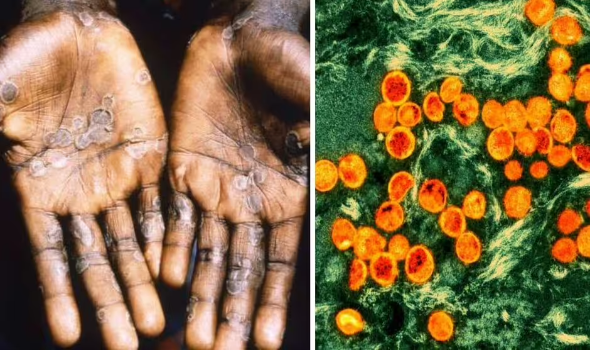Written By Lisa Murimi
The world is now facing another health crisis as Mpox, a disease that originated in animals, has been declared a global public health emergency.
This follows the devastating COVID-19 pandemic, raising concerns about how diseases spread from animals to humans.
In his new book *Fighting an Invisible Enemy* virologist Barry Schoub, founding director of South Africa’s National Institute for Communicable Diseases, explores how such diseases emerge.
Schoub explains that epidemics and pandemics often begin with a “zoonotic spillover,” where a virus crosses from animals to humans.
This can occur when humans encroach on wild animal habitats or through the wildlife trade, agricultural expansion, and deforestation.
The introduction of an alien animal virus into humans is rare but can have catastrophic effects when it occurs.
Once a virus successfully infects a human, it can replicate and spread rapidly, leading to outbreaks.
Modern human behavior, including climate change and environmental destruction, plays a significant role in facilitating these spillovers.
Schoub highlights the 1998/1999 Nipah virus outbreak as an example, where habitat destruction and drought drove fruit bats to infect domestic pigs, leading to human cases.
As we confront new diseases like Mpox, understanding and mitigating these human-wildlife interactions is crucial to preventing future pandemics.



















